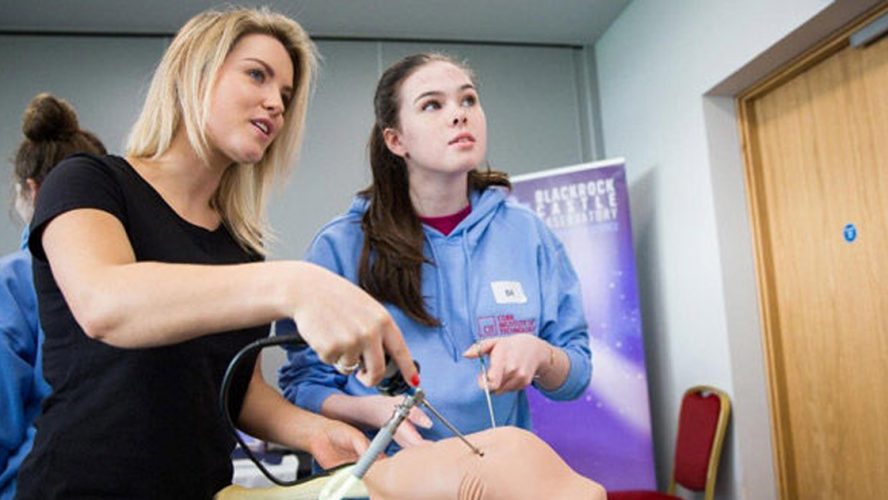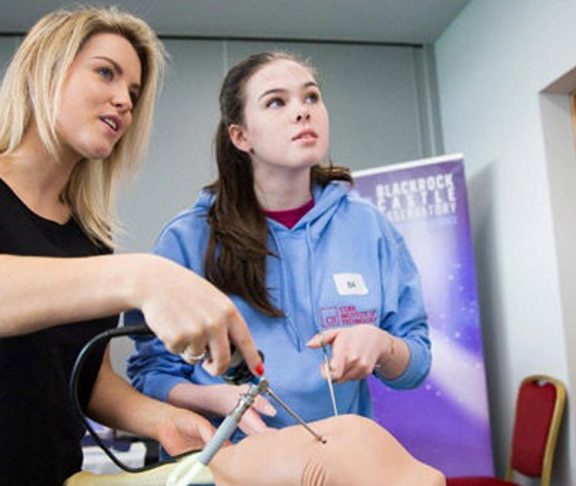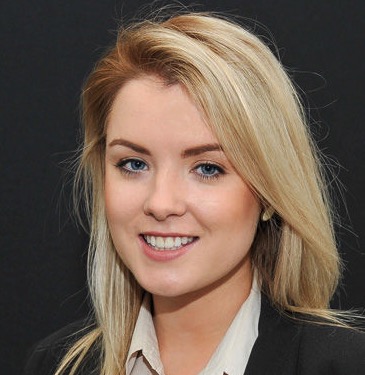
Orla Cannon
Senior Mechanical Design Engineer, Stryker
From 3D-printing to solving puzzles, three women in STEM explain how they are driven to make healthcare better.
The anatomy of engineering
I work on developing new technology and products to improve patient safety and surgical outcomes. Patients are part of everything we do, and my job involves speaking to surgeons, organising product demonstrations and attending operations. Surgical procedural knowledge is key to developing the right products.
I started in September 2015, on the Stryker Instruments R&D Graduate Programme. I was always interested in engineering – my dad’s a mechanic and I have three brothers – and I took metalwork at school. My education enabled me to complete a BSc in Product Design at DIT. Product Design is a multidisciplinary course which incorporates Engineering, Art and Business – covering everything from the initial idea, to product manufacturing, to sales and marketing. In the final year I was split between automotive and medical device design until Stryker came to the college, and I realised a career in medical devices was something I would be interested in.
When I joined the graduate programme it involved five rotations of six months. They covered four key areas: design, quality, manufacturing and engineering services, with a cross-functional project at the end.
The best thing about the programme was it allowed you to own your own career. It encouraged you to make it known what you were interested in. From this I got to experiment with everything from hands-on machine experience, to designing new instrumentation for surgical procedures, organising surgeon demonstrations and developing relationships with teams both in Ireland and internationally.
People would be surprised by the amount of anatomical knowledge that I, an engineer, possess. If you are developing a product to help improve surgical outcomes, you must know that area inside out. Having the experience in multiple rotations allows you to see different aspects of engineering and choose both your favourite and what you are best at. This sets you up for the best experience in your chosen role in the future.
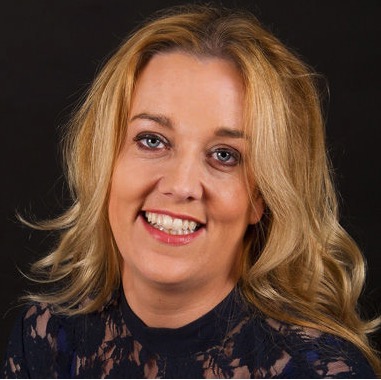
Mag O’Keeffe
Director of Operations, Additive Manufacturing and Plant Leader, Stryker
Influencing healthcare with 3D-printing
My title is Director of Operations and Plant Leader for our additive manufacturing (3D-printing facility), but my role is as a leader in the organisation. I am responsible for running the additive manufacturing business but, more importantly, the growth and development of the team.
Over my career I have had a variety of roles, each of which I have thoroughly enjoyed. I have worked in operations, research and development, as a design engineer and in quality, all at various levels. This has allowed me to see and experience different aspects of the business.
My current role allows me to use all the knowledge and experience I have gained over my career, to be successful in dealing with the variety, challenges and required pace. The technological advancements we are making in healthcare and 3D-printing are phenomenal. We are paving the way and influencing this area in the medical device industry. What most people would find surprising, is how quickly we are implementing these disruptive technologies into stable manufacturing. We supply hundreds of thousands of patients and surgeons around the world. Stryker is driven to make healthcare better.
You work to the best of your ability because you know that your best helps people and saves lives. My personal strengths include focus, maximising opportunities and being a high achiever. These are innate and part of who I am. Being at the forefront of delivering patient solutions that enhance quality of life and drive better surgical outcomes is very rewarding. In my role, I ensure that we can manufacture and commercially supply the product to the market consistently. We achieve this by stabilising new technological advances, driving reliable supply, delivering the highest quality and producing the product on-time.
We often receive customer feedback – and even visits – and patient testimonials in support of our work. It is so satisfying and exciting to know you have made a difference and you had a part to play in each story.
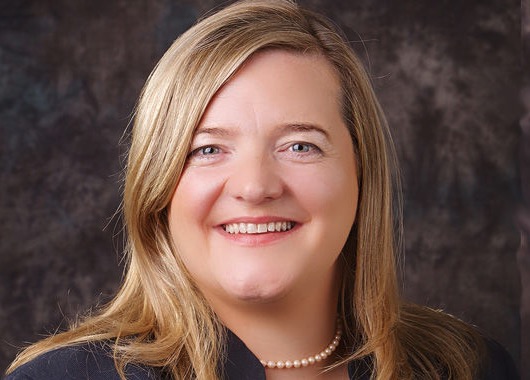
Dr Hilda Mulvihill
If you like solving puzzles, do my job
I am a Senior Research and Development Manager at Stryker, focusing on the joint replacement division. It looks after implant products, including hips and knees.
My job involves talking to customers, who are mainly surgeons and theatre nurses. They tell us what they want, and we turn it into a product. It is a problem-solving job. If you like solving puzzles, this is the job for you. It’s also collaborative; working with different people with different expertise, travelling all over the world.
My choice of career was influenced by my parents. My dad was a mechanical engineer and, as the eldest of three, I got roped into helping with jobs around the house. I didn’t realise it wasn’t normal to spend Saturdays in the shed drilling holes into things. My mom was a great advocate for education and very supportive of my choice to study science, especially continuing onto a PhD.
I began by studying chemistry at UCC and spent a summer at Textron Automotive Research Centre in New Hampshire. My manager was a polymer chemist, a lady who led the team developing different car parts. Automotive is a very technical, male-dominated area and I had a great deal of respect for her. Other big influences on my career have been my PhD supervisor, Professor Robert Hill, and my first leader at Stryker, John Scanlan, both of whom were very supportive.
I love science, understanding nature and how things work. I get to do what I love every day, while being paid. It is very fulfilling, helping to improve the quality of people’s lives. At the moment, I’m working on products relating to bone tumours. There’s a high risk of infection after surgery for those patients, so it’s exciting to know that we can help.
When I was at school and college, I never came across a teacher or lecturer who told me science and engineering isn’t for girls. The important thing was your ability. It wasn’t until I started working that I realised we’re in a minority. In general, anywhere I’ve worked, they’re looking for the best people for the job, so it doesn’t matter if you’re male or female.
In life, there’s a lot more responsibility for women if you want both a career and a family. In science and engineering jobs – particularly in the research area – flexibility is built into current work practices. You can strike a balance with both, and do a job that improves people’s lives.
